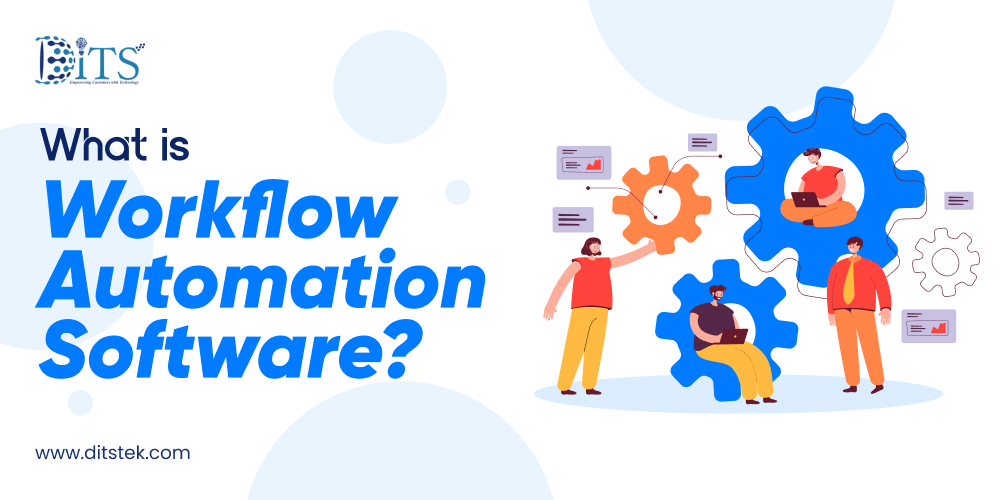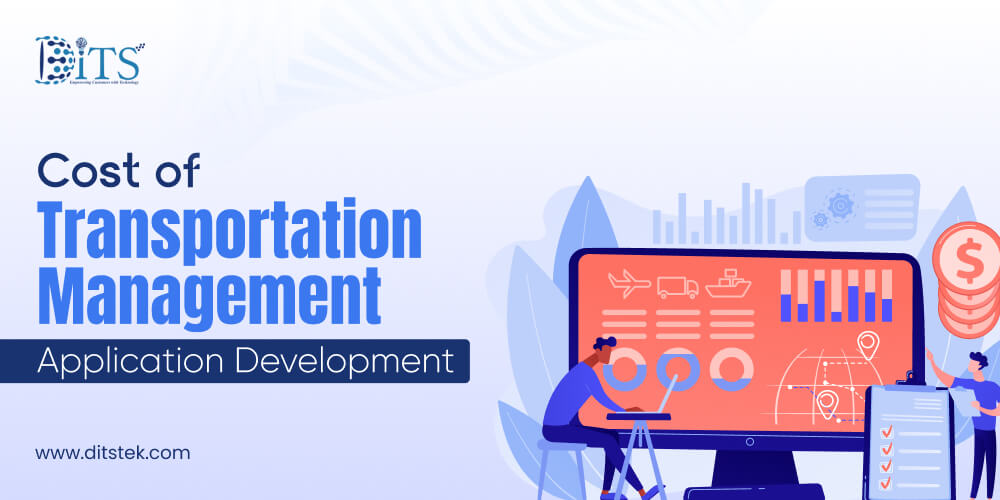IoT Use Cases in Facility Management - Role and Benefits
Table Of Contents
Published Date :
10 Jun 2025
IoT has emerged as a powerful force in facility management during the past decade. From predictive maintenance to optimizing energy as well as costs, IoT tools assist facility management meet the present demands in terms of productivity, operational efficiency, workplace safety, office layouts, building maintenance, compliance management, and more.
Due to the opportunities IoT brings in terms of cost savings and efficiency, more and more enterprises are trying to take the full advantage of this technology using IoT devices and adopting compatible software solutions. In this blog, we’ll explore the role of IoT in facility management along with key use cases and the benefits it brings to modern operations.
Role of IoT in Facility Management
Internet of Things assists facility management teams with real time monitoring, and data based decision-making to improve efficiency, safety and minimize costs in their organization. It allows for predictive maintenance, optimized use of energy and better asset management. By integrating IoT in an organization's existing systems, facility managers can improve their operational efficiency, minimize downtime and create a user-friendly environment for employees as well as visitors.
IoT devices offer diverse applications across various industries and use cases. While this is not a comprehensive list, here are some common IoT devices utilized in facility management:
- IoT sensors for condition monitoring
- Beacons for asset monitoring and security management
- RFID trackers for asset tracking, inventory management, and location tracking
- NFC (Near Field Connectivity) or QR codes for stock monitoring
- Occupancy sensors for room scheduling and reservations
Real-Time Monitoring That Keeps You in Control!
At DITS, we build IoT-powered software solutions that turn real-time data into instant insights helping you respond faster, optimize resources, and stay ahead.
Key IoT Use Cases in Facility Management

Now that we’ve covered the role of IoT in facility management like energy savings, asset tracking, and operational efficiency, let’s look at some real-world use cases where IoT is making a measurable impact.
Inventory Monitoring
IoT has transformed how companies manage inventory and assets. Instead of manual checks and guesswork, smart devices now offer real-time visibility into stock levels, asset locations, and supply chain movements. For example, the company may place QR codes or NFC tags for a few strategically important items and locations, keeping an eye on stock levels with smart IoT devices.
When stocks hit a pre-set critical level, a device sends notifications to a common server to alert the operators. Now, they would be able to respond in a timely manner and order a fresh shipment. This type of inventory management helps optimize the logistics and, at the same time, increase the company productivity and client satisfaction.
Safety
The IoT architecture is considered to ensure the safety of different types of facilities and buildings. Smart sensors may act by detecting such factors as smoke, critical temperatures, unauthorized entries or door openings, and hundreds of other factors, all of which may indicate some threat to company property or its staff.
The IoT application gathers real-time information from the connected devices and automatically passes alerts to the concerned authority. Such solutions are even more important in high-risk environments and plants where time is of the essence and preventive measures need to be taken proactively to avoid accidents.
Climate Control
Nowadays, heating and cooling are now reasons not only for human comfort but also for energy efficiency. There are plenty of options available today to create smart building systems that would keep track of controlling factors such as air temperature, humidity, and the presence of people in a particular room.
The smart sensors will measure resource use throughout the day and pinpoint any exact locations where resources are being wasted. With this, they will be able to eliminate unnecessary wastage of energy while protecting the environment along with some money in their pockets.
Room Booking
The IoT can also be used as a room booking application that aims to optimize the utilization of indoor spaces. An intelligent scheduling system using IoT devices, also called an occupancy management system, allows all team members to see which rooms are occupied and which ones may be used for meetings or business talks.
In the first case, thanks to smart devices, all the information is updated in real time so that situations like when somebody just forgets to manually update the room reservation schedule are avoided. The result of this is that employees can also organize how they spend time and use workplace space more sensibly.
Equipment Monitoring
This is the most relevant case for industries engaged in processing or manufacturing. These industries deal with a huge number of different machines and equipment, and it becomes very difficult to keep track of their state manually without relying on smart devices.
With the use of IoT systems, we can not only detect any possible issues with equipment and act on them in a timely manner but also act proactively to minimize the risks of downtime. Downtime or repairs always come to be very costly, so the financially sound thing would be to maintain the machinery properly rather than maintain after breakdown.
Occupancy Tracking
As a facility manager, you must be aware of how the space is used for a smooth operation and good energy management. Once more, the IoT can be a partner in this regard: these sensors dedicate themselves to measuring space usage and occupancy.
This lets you know which buildings are rarely used and which may be relocated or repurposed. Data from occupancy-tracking sensors make it much easier for management to optimize room reservations and schedules, watch building capacity, set optimum conditions for comfort and productivity, etc.
Remote Monitoring and Collecting Data
IoT systems provide a complete understanding of the interior workings of a facility. The data is in your hands; you do not need to have staff on site.
If any anomaly is detected at once, it's foreseen and dealt with while time progresses. Quick decisions made at the right time will result in lowered labor costs and fewer chances of a costly emergency.
Key Benefits of IoT in Facility Management

There are multiple benefits of using IoT in facility management. Some are universal, while others are industry-specific. These are some of the benefits that enhance the value of IoT-powered facility management organization solutions.
Low Operating Costs
There are several ways in which IoT in facility management lowers the operational expenses for any business. First, businesses can save labor and workforce costs by optimizing remote building, equipment, and inventory monitoring. Second, they can avoid needless resource consumption using IoT-powered climate control systems. Additionally, predictive maintenance solutions aid in precise financial management.
Automation
Many chores and procedures can be effectively automated with the help of sensor based smart devices. Smart systems can accurately respond to any hazards or threats without the involvement of people, in addition to automatically ensuring the required control.
Improved Employees Performance
People have more time and opportunities to focus on important tasks that need their participation when facility-wide processes are automated, rather than wasting it on repetitive jobs that smart technologies can complete with ease.
Access to Real-Time Information
By using IoT facility management solutions, teams may access the most up-to-date, real-time information and all operations become more visible. However, to get everything updated in real time, your IoT solution should be capable of offering the same. This is possible when you get a custom IoT software developed by a reliable company. At DITS, we build custom IoT solutions tailored to your specific business requirements. It helps you track the real time information of your operations and facility management.
Reduction of Risk
IoT solutions give facility managers a thorough picture of the state of affairs. Smart sensors, connected cameras, tags, and other gadgets are able to identify dangers and quickly alert operators and, if required, the appropriate authorities. Smart gadgets collect data in real time, giving managers important insights for future planning and risk reduction.
With all these benefits, its important to manage all the IoT devices with a common software, for which an experienced software development team is required. A dedicated team with relevant expertise and experience in development of IoT software can help with IoT device management for a smooth communication between these devices.
Build Smarter Spaces with Custom IoT Software!
Transform your facilities into intelligent, data-driven environments with DITS’s tailored IoT development solutions.
Get Custom IoT Software with DITS
Whether you want to streamline your facility management or track information from smart devices, DITS is the name you can rely on for building custom IoT software solutions for your business. Our expert team of developers with years of expertise and experience can develop customized IoT software for your business. It can help you track your infrastructure, safety measures, business assets, inventory, premises, and data in real time.
Our IoT software solutions are customized to your business, but they adhere to industry compliance and standards. If you are looking for a custom IoT software for your business, and know more about our services, feel free to contact us via email, or visit our website to fill the contact us form, and our team will get back to you at the earliest.
Conclusion
The Internet of Things has become increasingly important due to its ability to simplify and improve facility management procedures. The increasing need for IoT device management is surprising, considering all the advantages that it may offer to businesses.
It empowers facility managers with great visibility and control, leading to high operational efficiency, reduced costs, improved sustainability, and a more comfortable, safer environment for occupants. As technology continues to evolve, the integration of IoT will become an indispensable cornerstone of facility management, creating the way for more responsive and successful operations.
FAQ’s
1. What is IoT in facility management?
In facility management, IoT uses connected devices and sensors to monitor and automate various building systems like lighting, HVAC, security, and energy usage. It improves operational efficiency and lowers costs, all while providing a coherent environment for occupants.
2. How can IoT reduce energy costs in facilities?
IoT sensors measure energy use in real time and adjust lighting, heating, or cooling systems depending upon the level of occupancy or usage pattern. Such measures optimize energy wastage using data and accordingly cut down on cost, thus promoting sustainability.
3. Can IoT help improve building safety and security?
Yes! The Internet of Things-enabled cameras together with access control and alarm system monitors and alerts on a real-time basis. It is capable of auto-detecting anomalies and taking necessary actions to mitigate threats for higher security with faster response times.
4. How does IoT enhance predictive maintenance?
IoT sensors in monitoring equipment health find signs of wear and drops in performance before actual breakdowns occur. Facility managers can thereby carry out scheduled maintenance, eliminating the larger costs of repair and extension of asset life.
5. Are there IoT solutions tailored for use in small buildings or facilities?
They certainly are! Scalable IoT solutions can be customized for smaller spaces. From smart thermostats to energy management and occupancy sensors, IoT can operate in small spaces to deliver real time information.

Dinesh Thakur
21+ years of IT software development experience in different domains like Business Automation, Healthcare, Retail, Workflow automation, Transportation and logistics, Compliance, Risk Mitigation, POS, etc. Hands-on experience in dealing with overseas clients and providing them with an apt solution to their business needs.
Recent Posts

Workflow automation software enables businesses to automate tasks, streamline operations, boost productivity, and reduce manual effort with ease.

Learn the automotive software development cost breakdown. Discover key pricing factors to help plan your budget and invest wisely in custom automotive software.

A practical breakdown of transportation management application development costs, covering scope, technology, and strategic choices that shape budgets and long term operational value for businesses.
